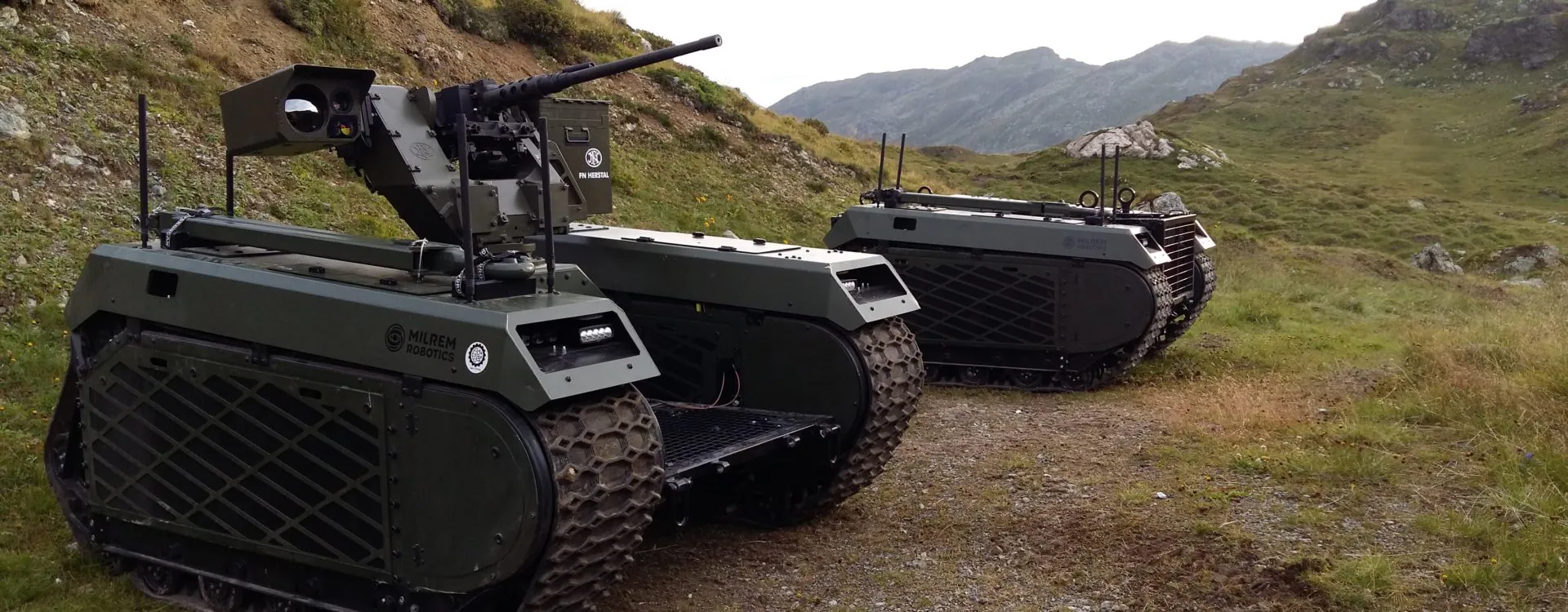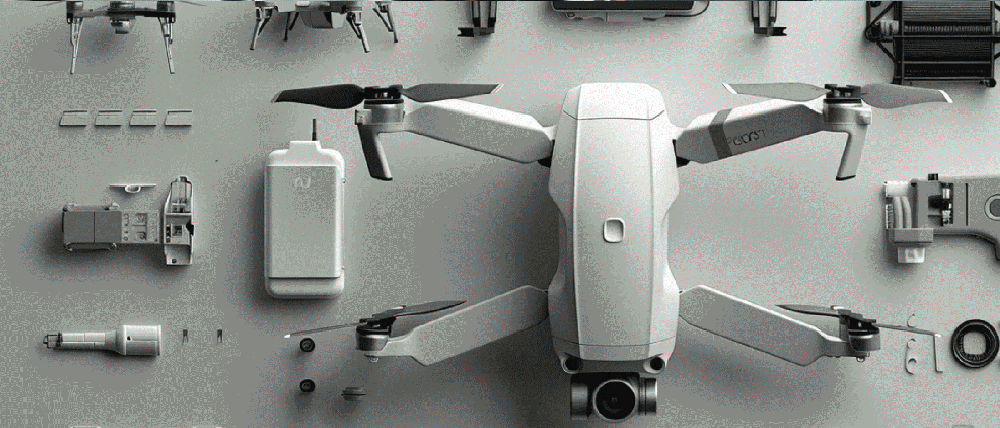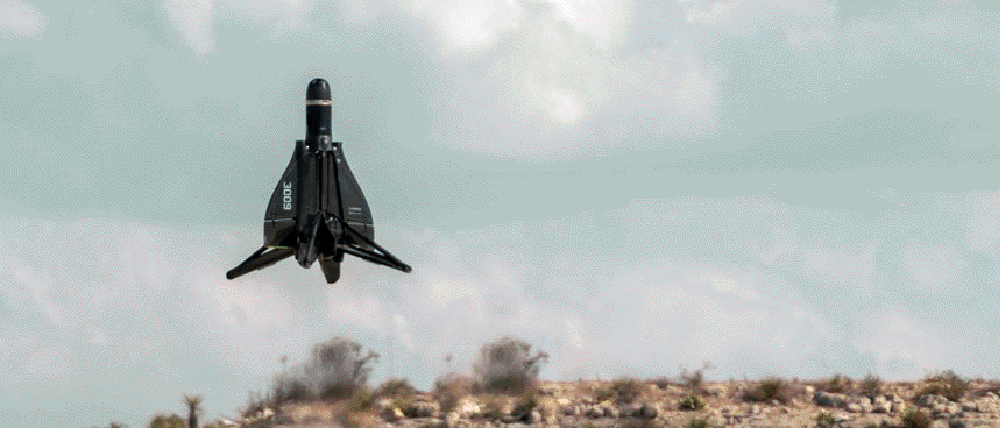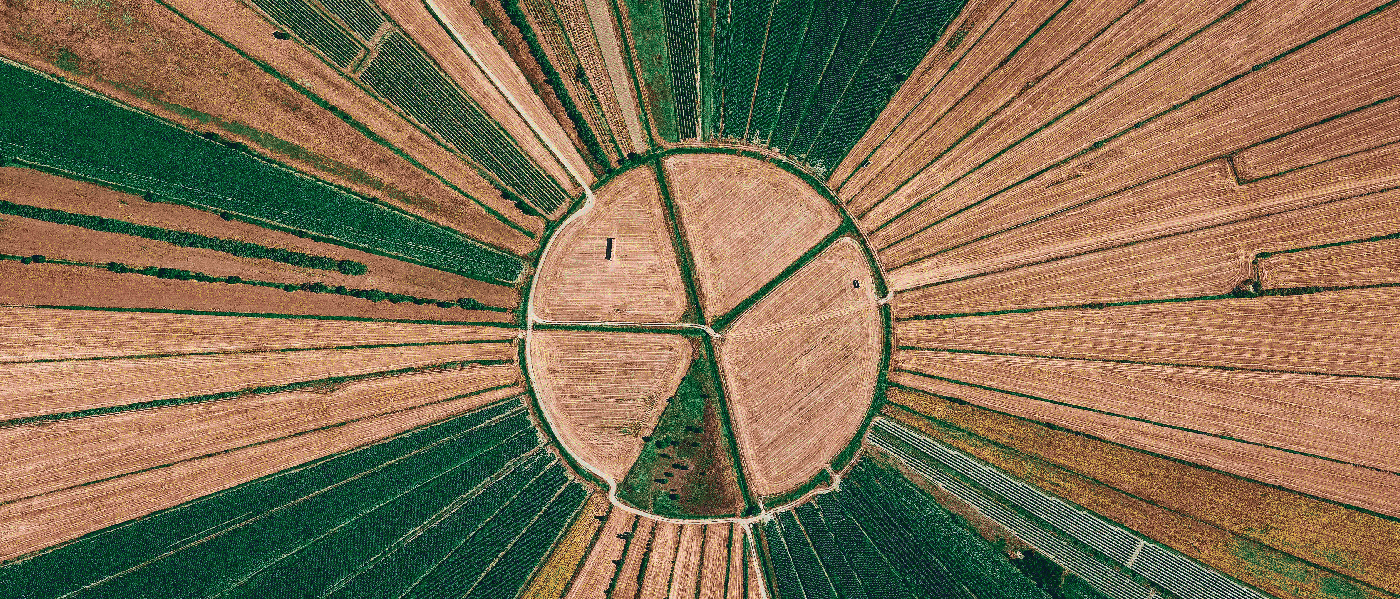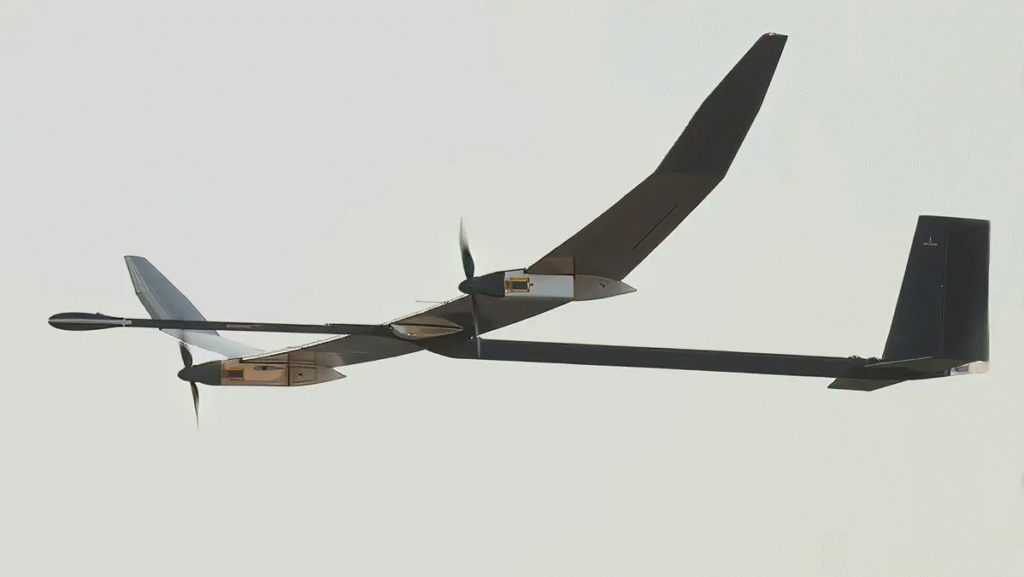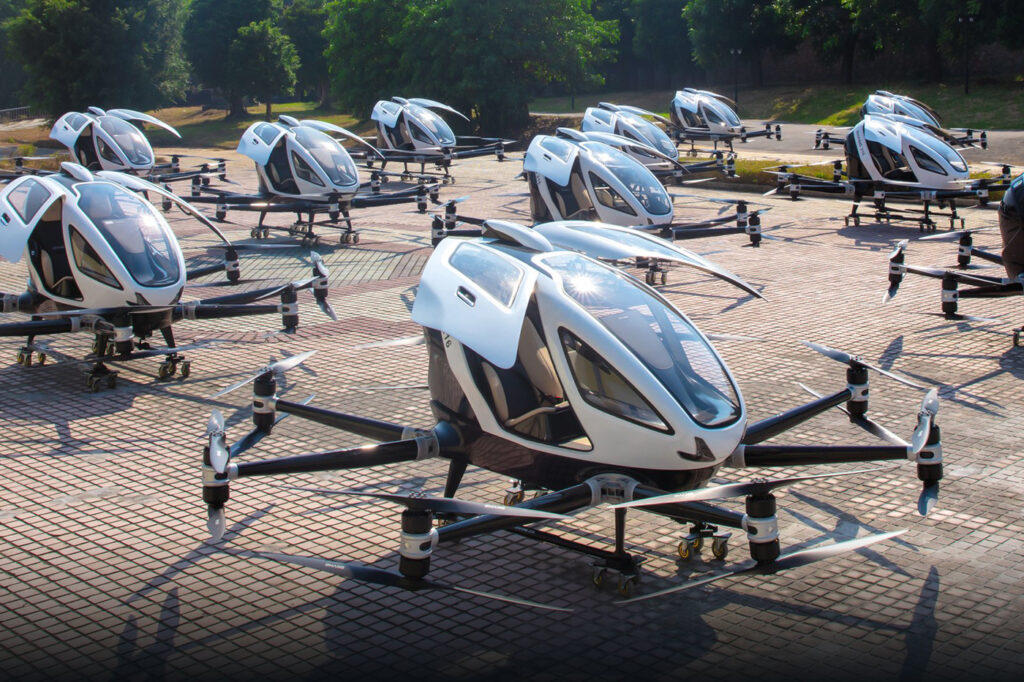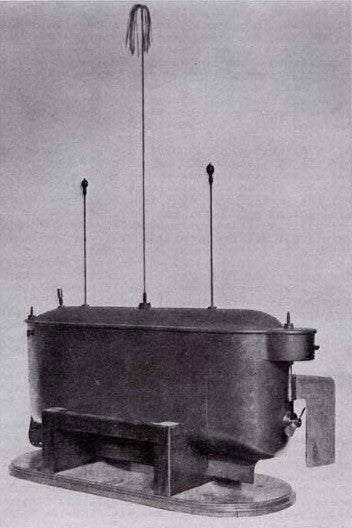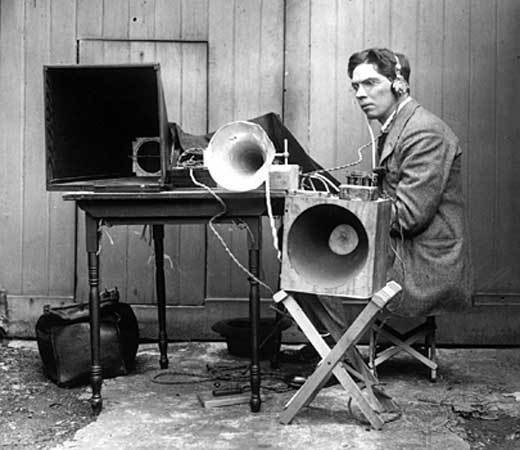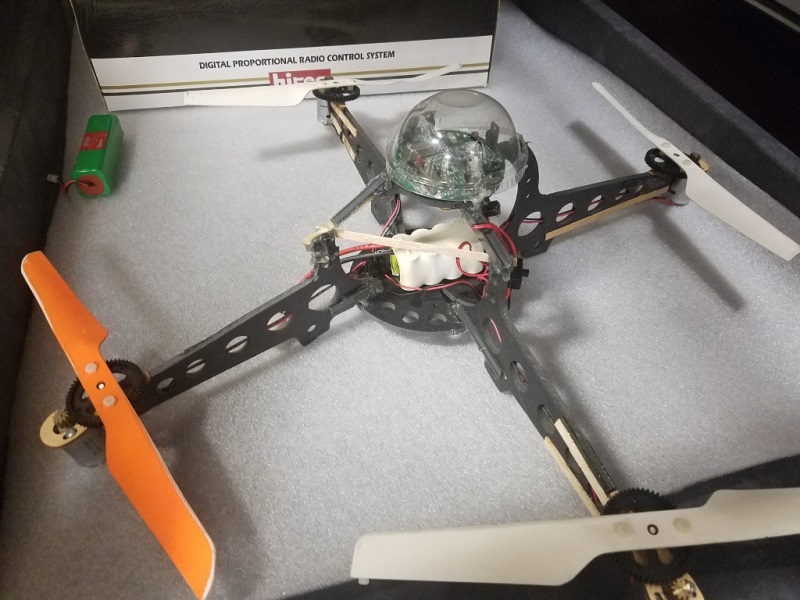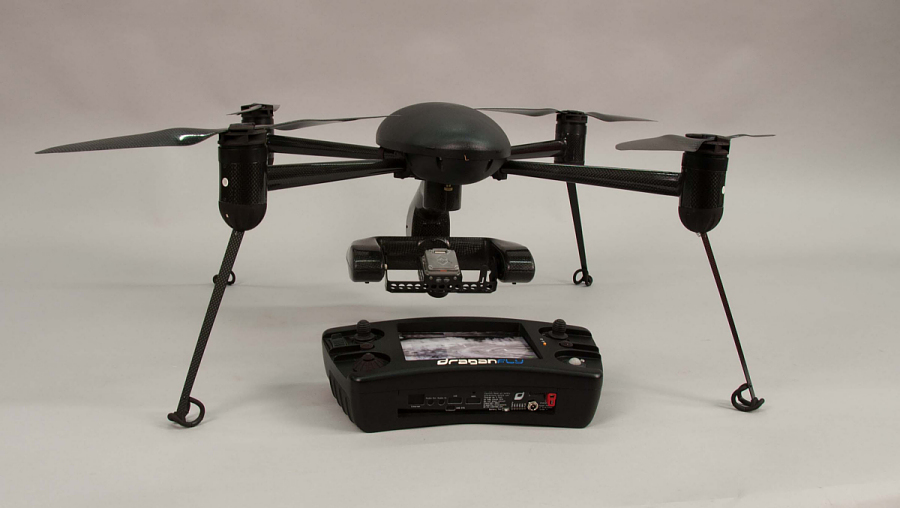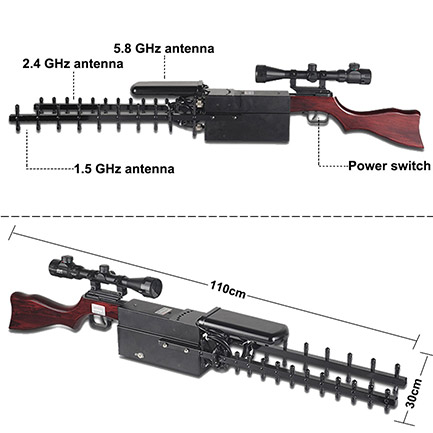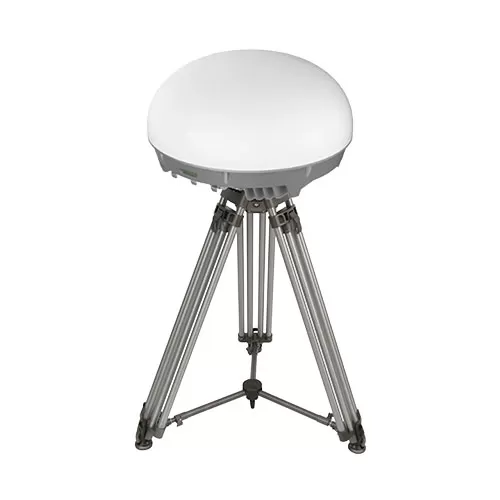Unmanned ground vehicles are evolving into fully capable robotic platforms. They integrate sensor arrays, edge computers, and AI models that read terrain, plan routes, and process decisions at machine speed. The focus is shifting from the mechanical frame to the technology stack that transforms raw inputs into precise navigation and mission-ready intelligence. In this post, we break down the core layers behind modern UGVs: perception sensors, navigation systems, and the AI engines that power autonomy.
This post looks into the ‘stack’ inside modern UGV that guides its movement and provides real-time intelligence for decision-making.
1. Perception Sensors
At the center of every UGV lies a robust sensor array — its eyes and ears in the world. The two main categories are:
- Exteroceptive sensors such as LiDAR, radar, ultrasonic sensors, and various types of cameras help sense the surroundings. They help detect obstacles, map terrain, and prevent collisions.
- Proprioceptive sensors like inertial measurement units (IMUs), vehicle odometry, and GPS/GNSS are focused on tracking the UGV’s internal state: its speed, orientation, and position in space.
The exteroceptive sensors often reinforce one another. For example, LiDAR can help deliver real-time 3D point maps of unknown terrain for greater spatial understanding. But it can be unreliable in poor weather conditions or near reflective surfaces (not to mention its price). Meanwhile, radars perform better in poor visibility conditions (e.g., rain, fog), but offer lower spatial resolution than LiDAR.
Some unmanned ground vehicles also rely on computer vision cameras and edge-deployed algorithms for perimeter scanning. While more compact models use ultrasonic sensors for
close-range obstacle detection.
The key to peak performance? Sensor fusion. By meshing data from multiple sources — LiDAR for structure, radar for range, cameras for detail, and IMUs plus GNSS for location — UGVs form a reliable, accurate perception of their surroundings. And this is something we do with our AI Navigation Kit.
2. Navigation and Autonomy Components
The next tech challenge is to make UGVs localize themselves and move purposefully, with varying levels of autonomy.
Most vehicles rely on a GNSS (GPS) and INS (inertial navigation systems) combo for global and relative positioning that you need for mapping and waypoint tracking. Indoor UGS, in turn, may use laser beacon systems or marker-based navigation for pinpoint control.
When it comes to autonomy, UGVs fall along a wide spectrum. At one end are fully teleoperated vehicles, where a human operator directs every movement. In the middle are semi-autonomous systems, which combine remote guidance with onboard assistance.
At the far end are fully autonomous vehicles, where AI independently makes navigation and task decisions.
For full autonomy, modern unmanned vehicles may rely on:
- Real-time obstacle detection and adaptive path planning, powered by deep learning and reinforcement learning algorithms.
- FMCW (Frequency Modulated Continuous Wave) radar for real-time terrain integrity analysis, which detects waterlogged or hidden voids.
Some systems, like Oshkosh’s TerraMax, combine LiDAR, multiple radars, cameras, and infrared sensors in a modular package for both autonomous and human-operated convoy control.
3. AI & Decision-Making
AI acts as the ‘brain’ for the bots that translates raw input data into adaptive, context-aware behavior.
Most UGV systems use pre-trained machine learning for object recognition, terrain analysis, and dynamic decision-making. This allows the vehicles to adapt to new scenarios on the fly and progressively improve their performance over time.
New research is also pushing AI beyond navigation and into tactical autonomy. For example, one research group fused vision-language models with compact large language models to interpret complex battlefield scenes and craft multi-agent strategies, bridging perception and decision within a unified semantic space.
New AI systems are also being designed to monitor their own decision confidence. A recent framework used decision trees combined with predictive control to detect navigation errors or sensor faults and autonomously initiate recovery strategies, making UGVs safer and more reliable in uncertain environments.
Lastly, more and more UGVs come with hybrid control models, where human operators and robots share decision-making. This approach lets robots handle routine or tactical decisions while humans intervene at strategic or safety-critical junctures — a balance between autonomy and oversight.
Looking Ahead
UGVs are no longer experimental prototypes. With sensor fusion, adaptive AI, and modular autonomy frameworks, they’re becoming trusted operators in defense, logistics, and industrial inspection. The pace of advancement makes one thing clear: the ground domain is entering an autonomy-first era
If you’re exploring how to equip your ground or aerial fleets with next-gen autonomy in GNSS-denied conditions, Bavovna’s AI navigation kit delivers proven field performance. Book a demo to see how our AI hybrid INS system can supercharge your mission.
